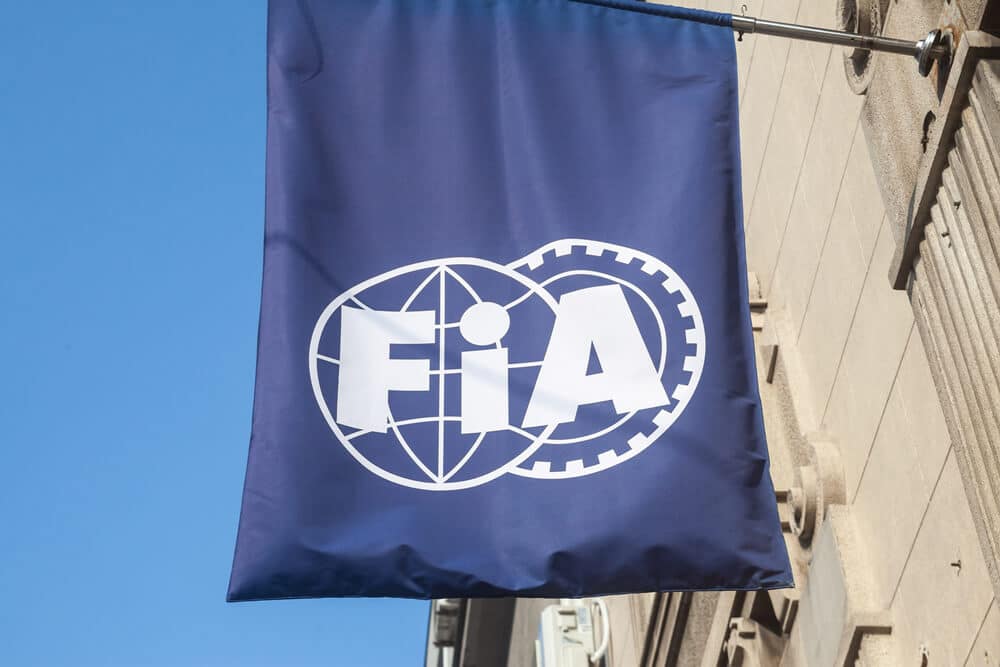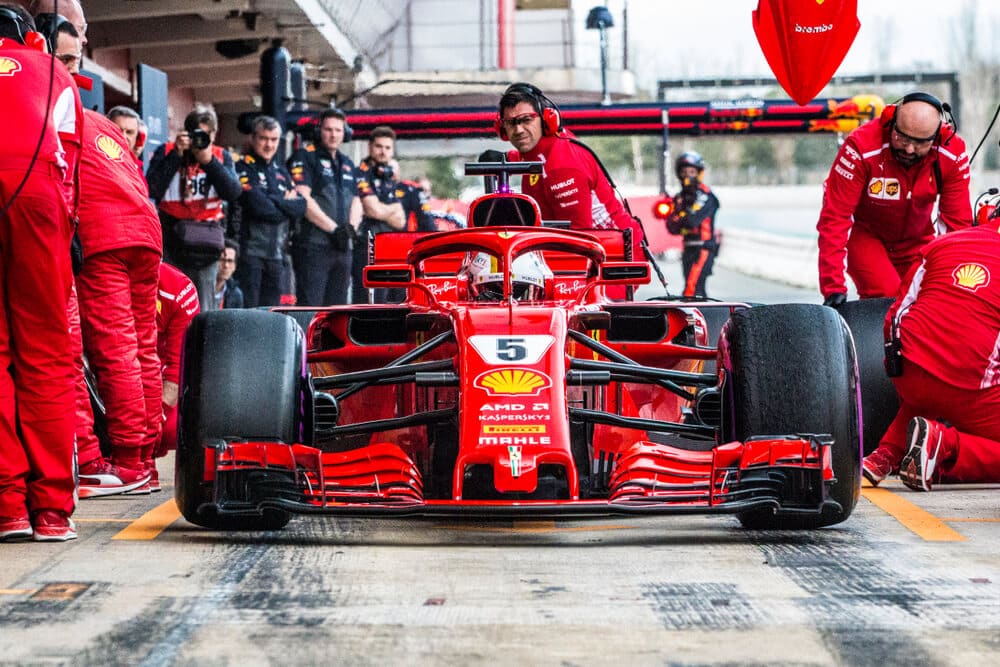Formula 1 is a massive sport, watched and enjoyed by millions of people all over the world. But what many fans may not know is that there is an organization behind F1, responsible for regulating and overseeing the sport – FIA, or Federation International de I’Automobile.
In this blog post, we’ll take a look at FIA and everything it does to make Formula 1 the amazing spectacle that it is. We’ll also take a look at how much money FIA makes and how it’s used to benefit both the sport and its fans. So if you’re curious about FIA, read on!
Table of Contents
Watch this video to learn more about how F1 makes money.
What does FIA mean in F1?
FIA stands for Federation International de I’Automobile, which is French for “International Automobile Federation”. In Formula 1, FIA is responsible for regulating and overseeing the sport. This includes things like making sure that the cars comply with safety regulations, setting the rules of the sport, and ensuring that the race tracks are up to standard.
Founded 1904
FIA was founded in 1904 and is currently based in Paris, France. The organization has over 200 member organizations in 146 countries, making it one of the largest motor racing bodies in the world.
Key takeaways
Here are some of the key aspects that you should know about regarding the largest motor racing body in the world:
- FIA is the organization responsible for regulating and overseeing Formula 1.
- FIA was founded in 1904 and is based in Paris, France.
- The organization has over 200 member organizations in 146 countries.
- FIA is responsible for things like making sure that the cars comply with safety regulations, setting the rules of the sport, and ensuring that the race tracks are up to standard.

Understanding FIA
Now that we’ve taken a look at what FIA is, let’s take a more in-depth look at the organization and everything it does.
FIA takes over Formula 1 in 1946
FIA was founded in 1904 but didn’t become involved in Formula 1 until 1946 with FIA standardization of rules, which was followed by a World Championship of Drivers in 1950. At first, the formula was heavily influenced by pre-World War II regulations based on engine capacity. But as the sport grew, so too did the need for change and evolution.
FIA’s involvement in Formula 1 has since grown, and the organization now regulates every aspect of the sport. This includes things like safety, setting the rules of the sport, and ensuring that race tracks are up to standard.
What Does the FIA do For Formula One?
The FIA is responsible for the following:
- Ensuring that all teams follow the rules and regulations set out by the organization.
- Regulating safety standards at Formula One Management (FOM) events, such as Grand Prix races or testing sessions.
This includes ensuring that there are adequate barriers around tracks to protect spectators from flying debris in the event of an accident on track during practice, qualifying, or race day.
The FIA may also halt an event altogether if they deem a particular area to be unsafe. This occurred back in 2009 when Lewis Hamilton crashed into the trackside safety posts during his qualifying lap at Monaco GP. He was subsequently disqualified from that session.
Starting an F1 team is a very costly endeavor. First, buying an F1 license can cost upwards of $500,000. Then there are the costs of building and maintaining a race car, which can cost millions $ per year.
What is the difference between FIA and F1?
Let’s take a look at the key differences between FIA and F1:
- FIA is the organization responsible for regulating and overseeing Formula 1.
- F1 is the name of the actual racing series in which teams compete against each other.
- FIA is also responsible for regulating other series, such as World Rally Championship, Karting, and Historic Racing.
- While FIA does have a say in how F1 is run, there are also other organizations involved in the sport, such as the teams, race promoters, and sponsors.
Overall, FIA is responsible for making sure that the sport of Formula 1 is run smoothly and safely, while F1 is the actual racing series.
How does FIA make money?
FIA makes money through different sources, including:
Membership fees: FIA has over 200 member organizations in 146 countries. These organizations help to support the work that FIA does and pay annual membership fees.
Licensing fees for drivers and teams: In order to compete in Formula 1, drivers and teams must have a license from FIA. These licenses are not free, and teams and drivers must pay an annual fee to FIA.
Commercial rights: FIA also generates revenue from the commercial rights to the different series that it oversees. This includes things like television rights, trackside advertising, and hospitality packages.
What does FIA do with its money?
Since FIA is a non-profit organization, it does not keep any of the money that it makes. By reinvesting its money, the organization supports things like research and development and promotes motorsport globally.
Who owns FIA?
The FIA is a non-profit organization that governs Formula 1 racing. The organization is headed by a president, Jean Todt, and an Executive Committee. The FIA also has a Senate made up of representatives from each country that supports national sporting authorities.
Frequently asked questions
Is FIA nonprofit?
Is F1 part of FIA?
What is FIA short for?
Conclusion
So there you have it! Everything that you need to know about FIA, and what the organization does for Formula 1. Mainly, FIA is responsible for regulating and overseeing the sport, making sure that everything runs smoothly. Since F1 is such a complex and global sport, this is no small feat!
But with over 200 member organizations in 146 countries, FIA is more than up to the task. We hope that this article has given you a better understanding of the organization, and what it does for the sport of Formula 1.



